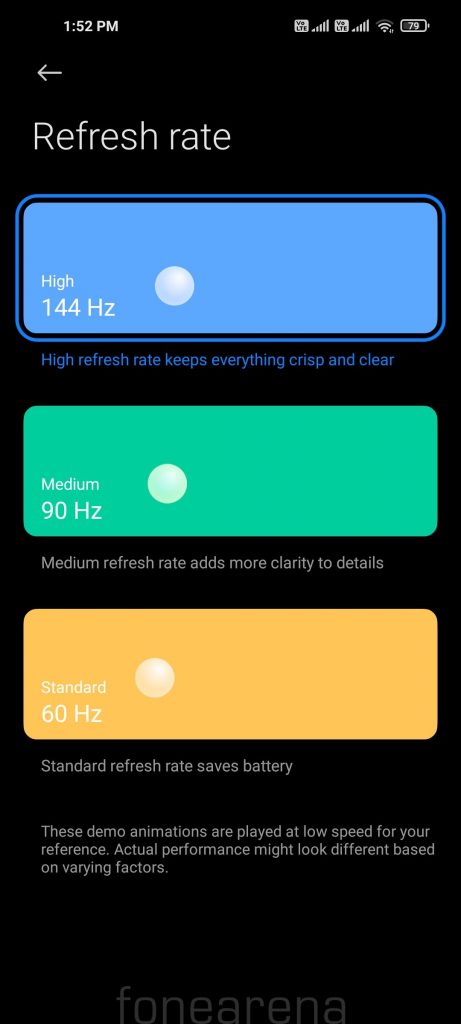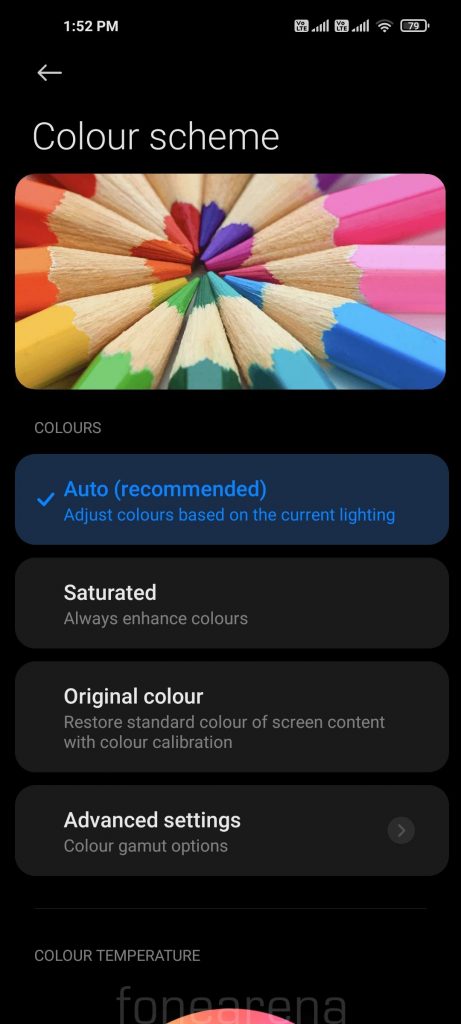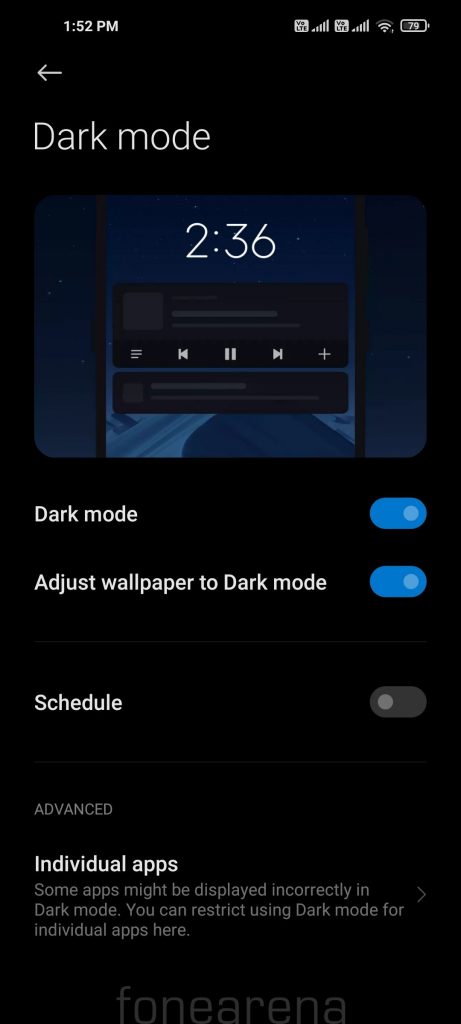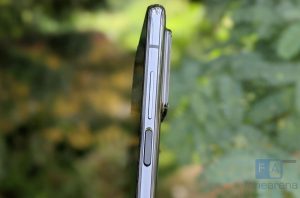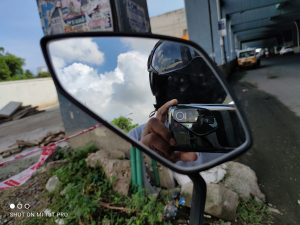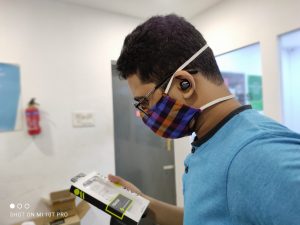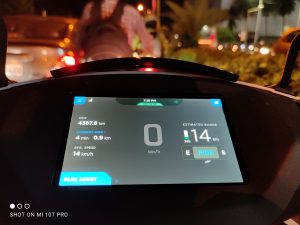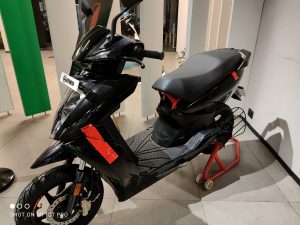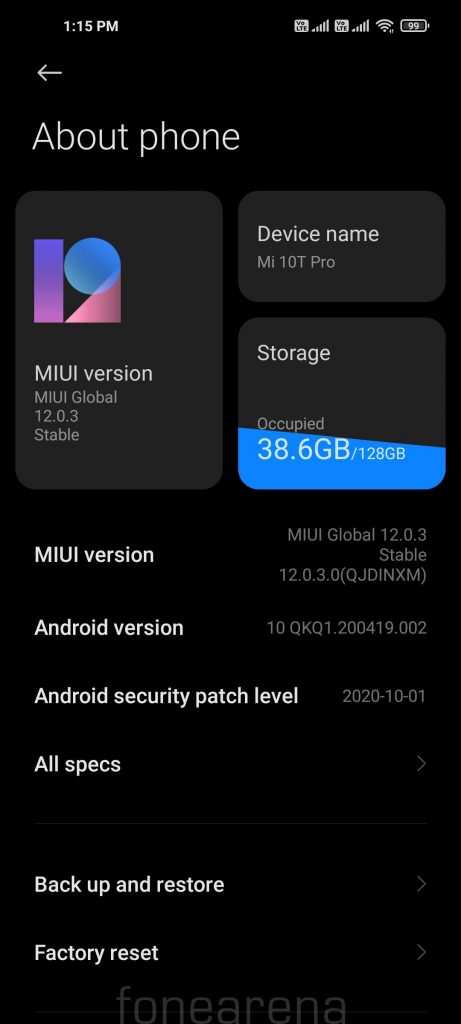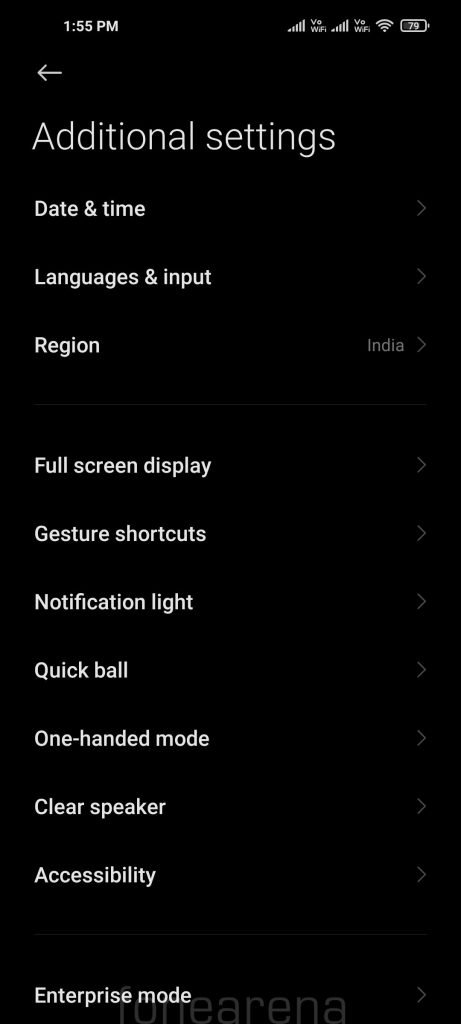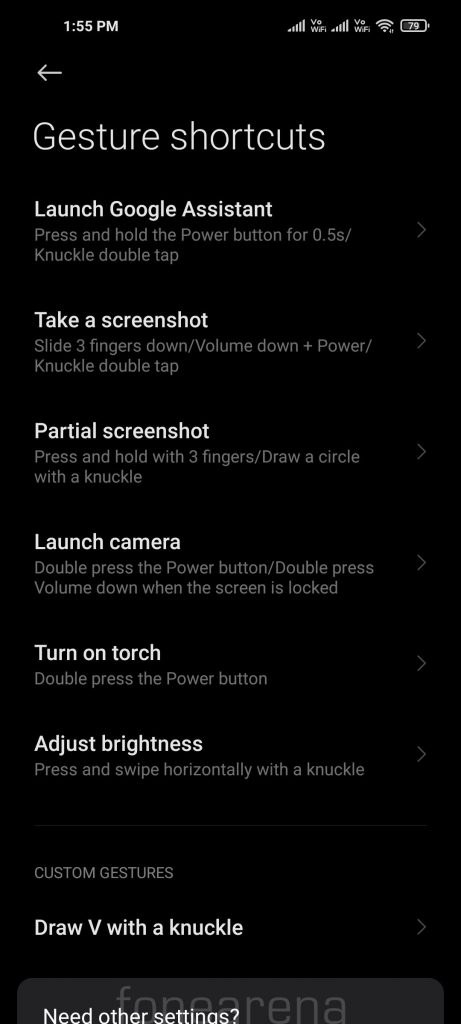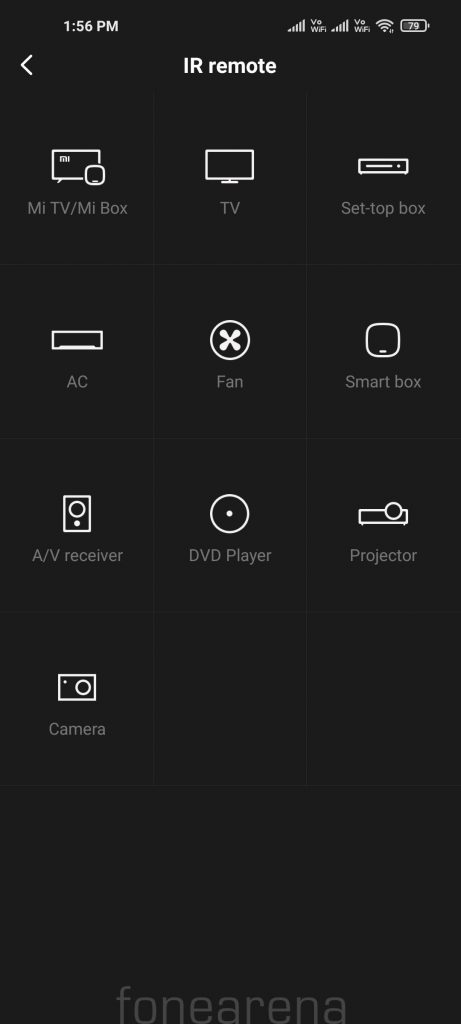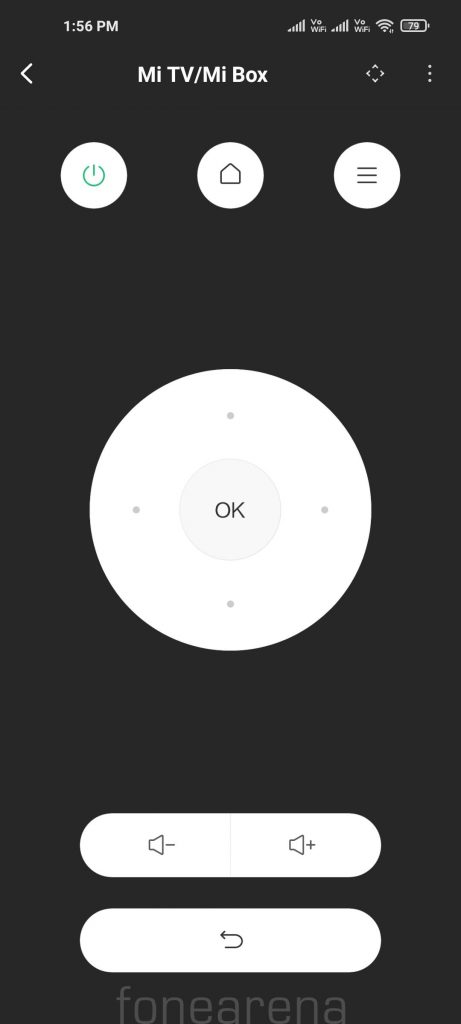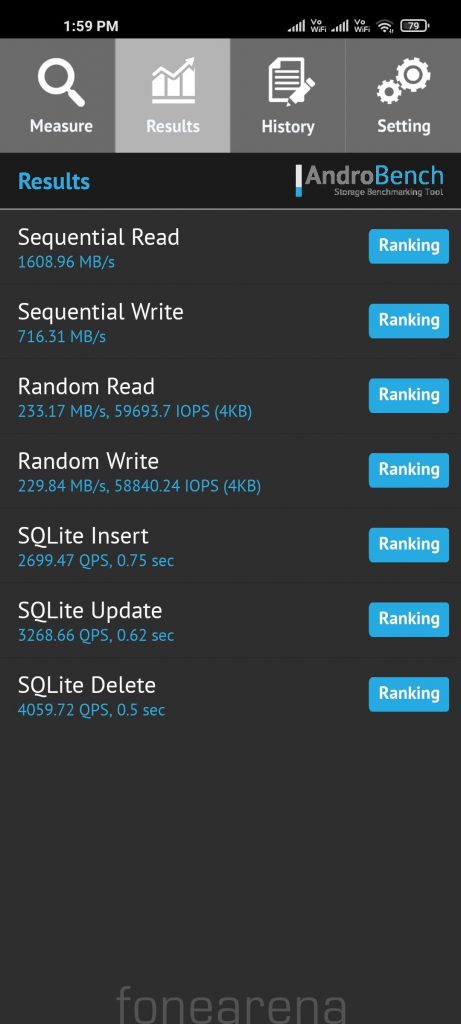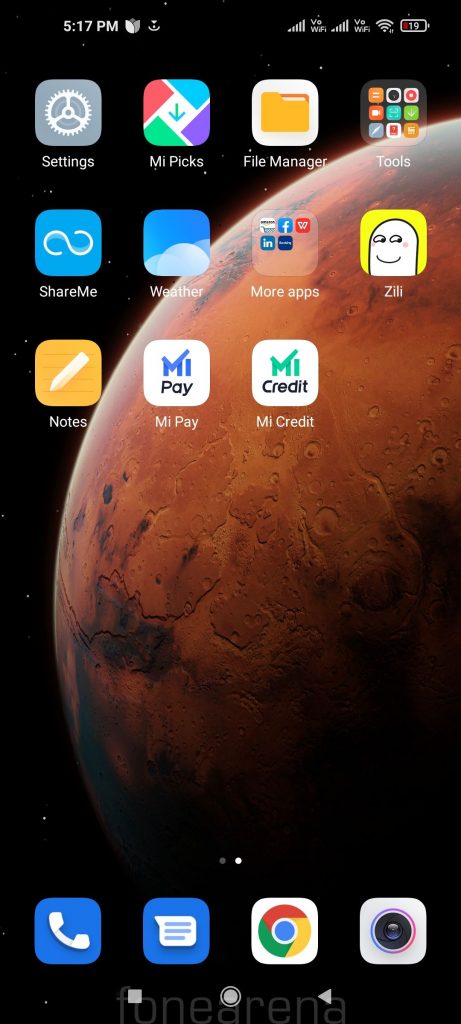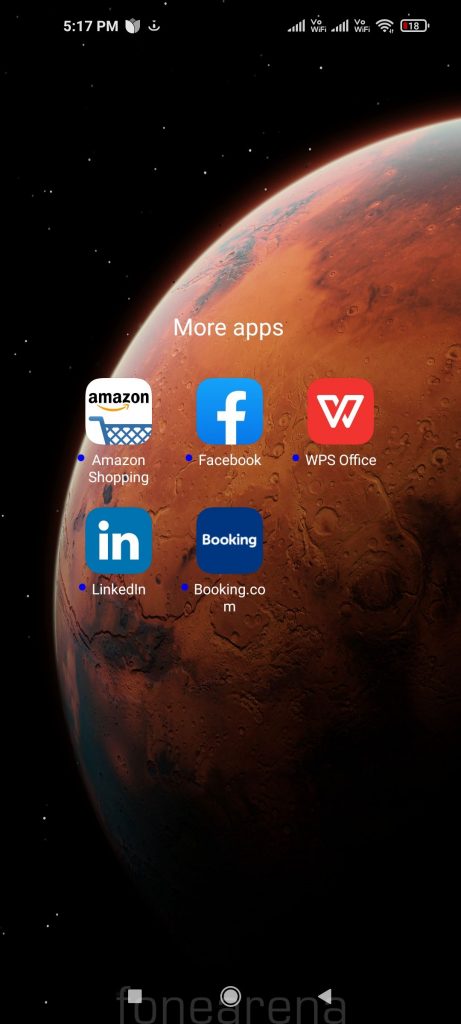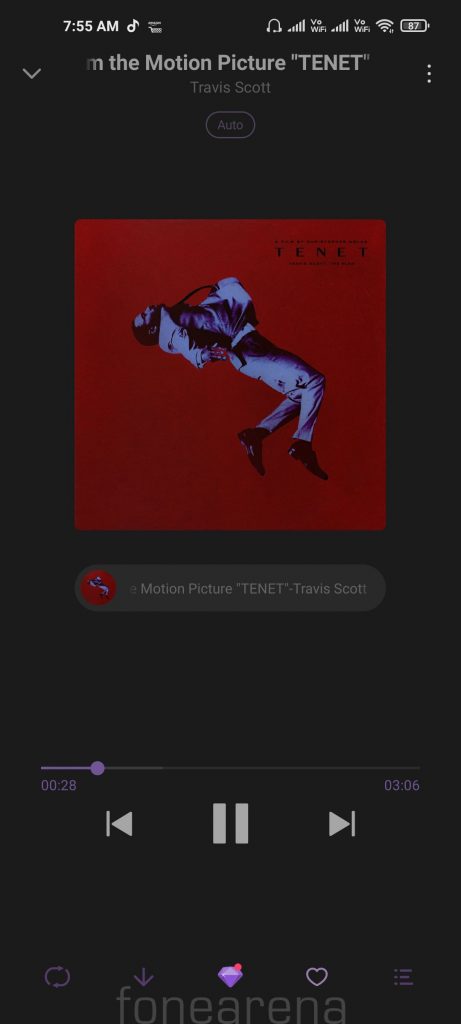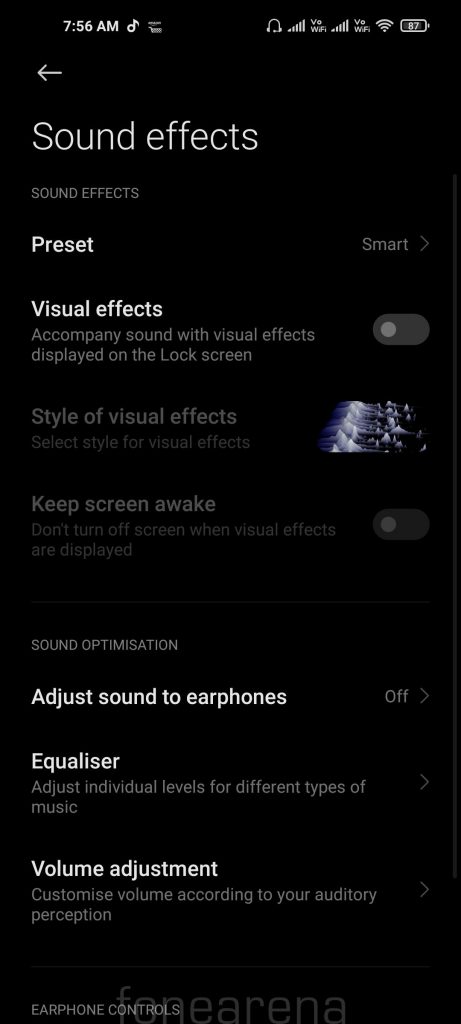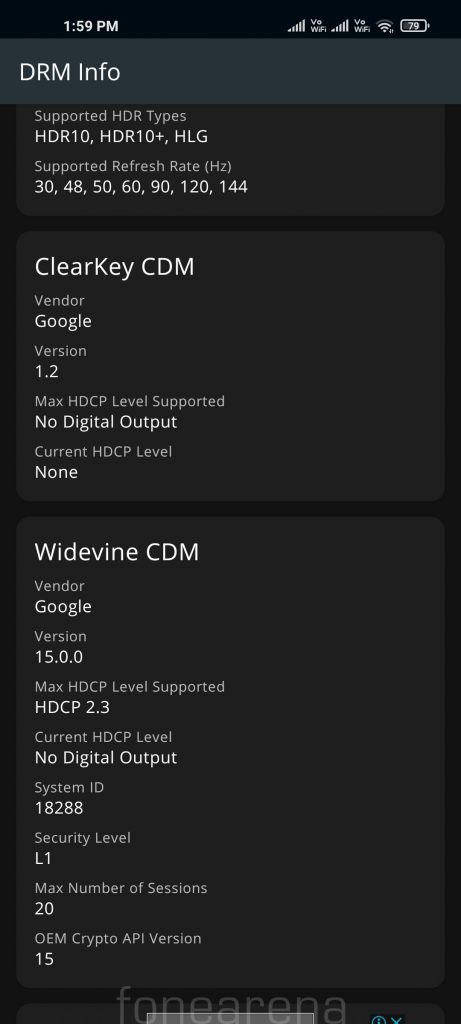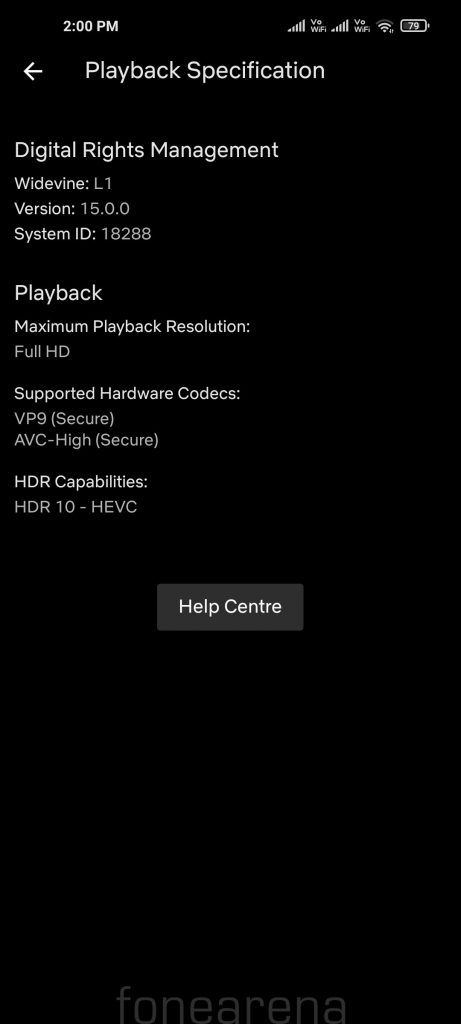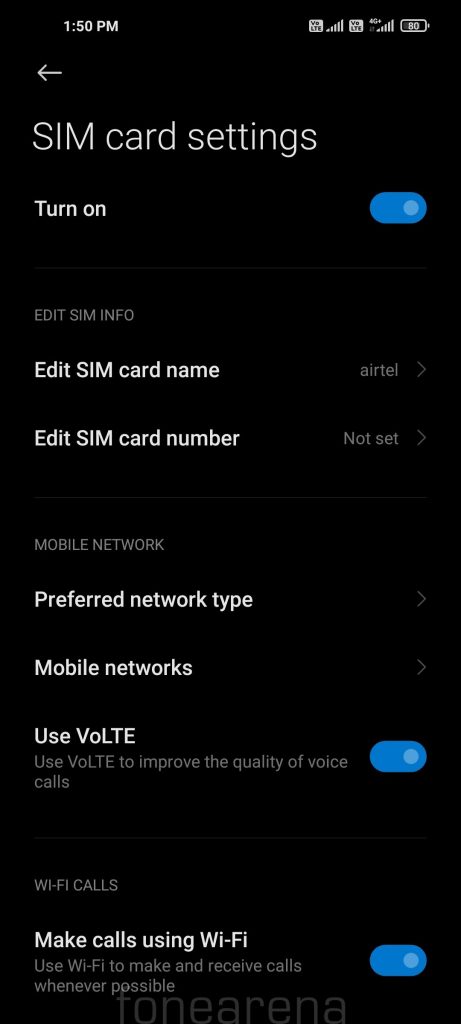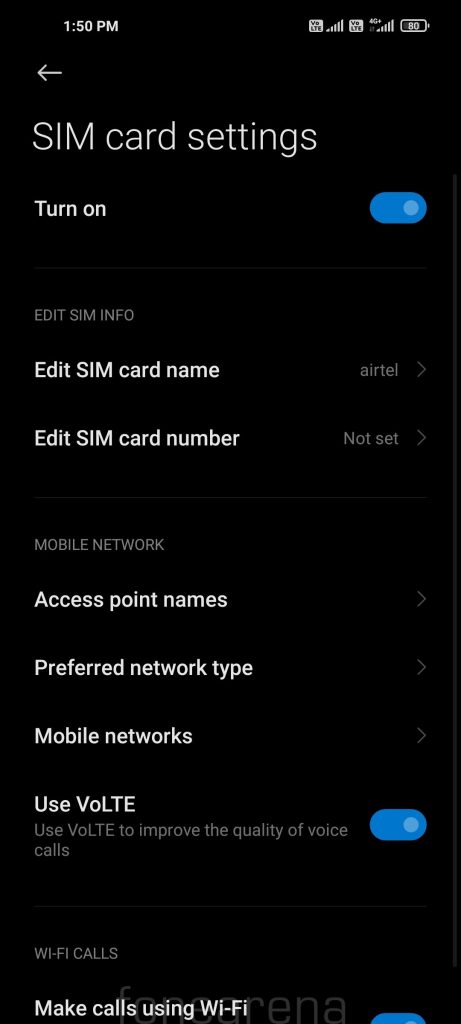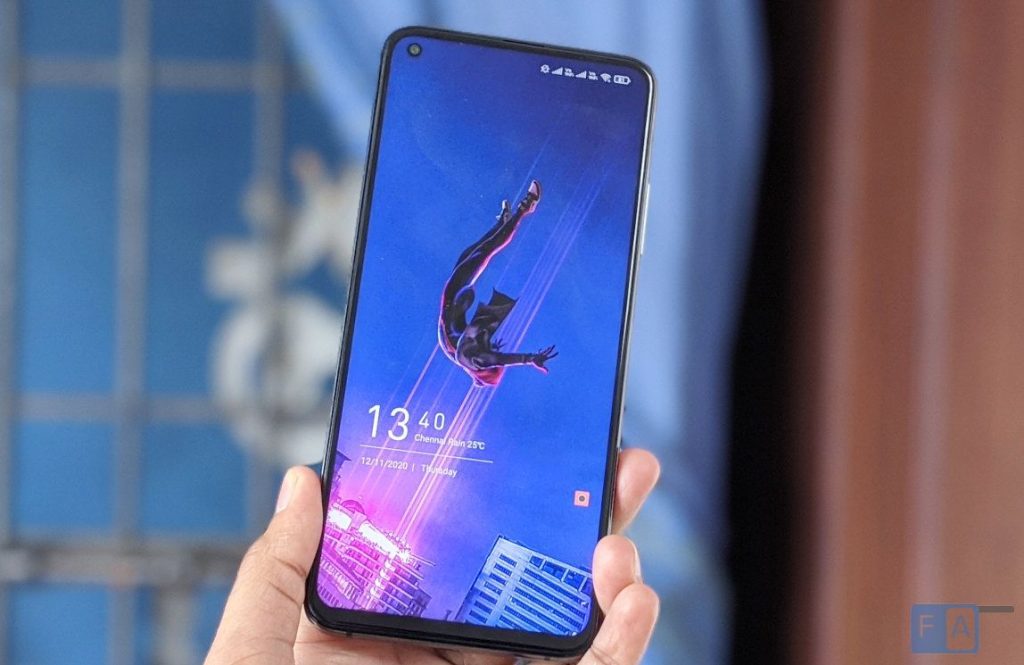
After launch of its flagship Mi 10 earlier this year, Xiaomi launched the Mi 10T and Mi 10T Pro smartphones in India in October. This has the same 108MP main rear camera and Snapdragon 865 5G SoC as the Mi 10, but this comes with a 144Hz refresh rate LCD screen and a bigger 5000mAh battery. The on-paper specifications look great. Are the features compelling for the price? Let us dive into the review to find out
| Box Contents |
| Camera |
| Battery Life |
| Conclusion |
Box Contents
- Xiaomi Mi 10T Pro 8GB + 128GB in Cosmic Black color
- USB Type-C Cable
- 33W charger (5V-3A/9V-2A/9V-3A/12V-1.5A/12V-2.25A/20V-1.32A/11V-3A)
- SIM Ejector tool
- Protective case
- USB Type-C to 3.5mm converter
- User manual and warranty information
Display, Hardware and Design
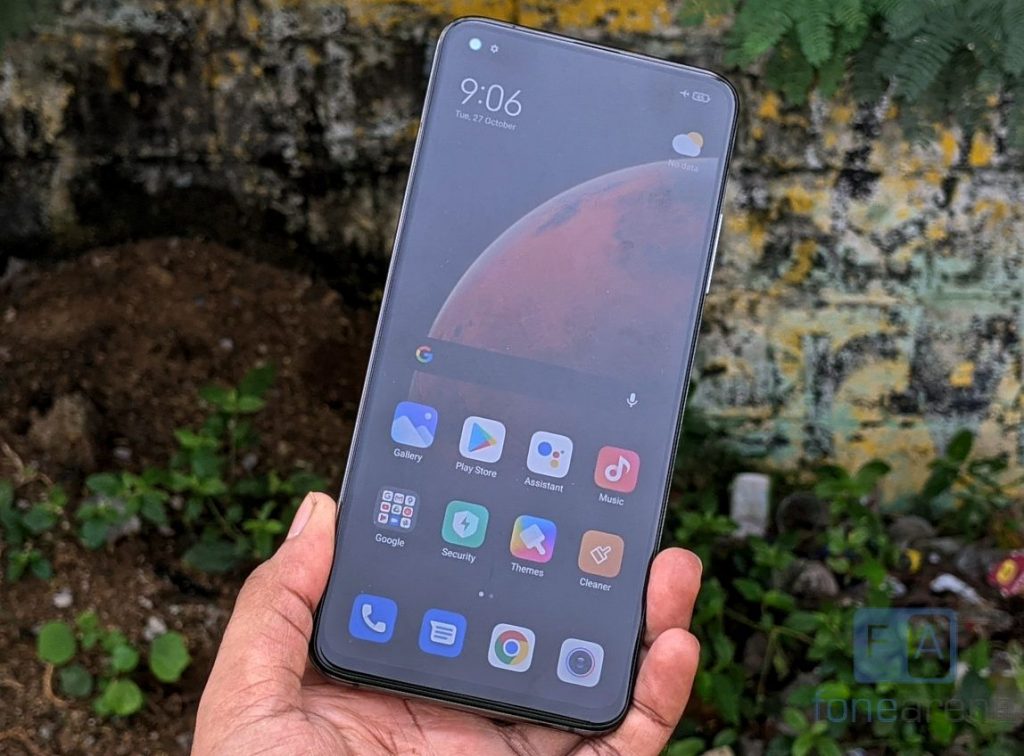
The first thing you notice about the phone is its large high refresh rate LCD screen. It packs a 6.67-inch Full HD+ flat DotDisplay with a pixel resolution of 2400 x 1080, 20:9 aspect ratio. I can compromise on the lack of QHD+ screen for the battery life, but the blacks on the Mi 10 with an AMOLED screen is better compared to the LCD screen. Sunlight visibility is brilliant, thanks to 650nits peak brightness, and a contrast ratio of up to 1500:1 offering vivid content. It offers JNCD <0.39 for true to life colors.
The screen is HDR10+ certified, which you can experience in Netflix and YouTube apps. Under the display options there are different options to adjust colors and contrast based on your preference, option to switch from 60Hz, 90Hz and 144Hz. There is also reading mode that lets you reduce the display’s blue light emission so it doesn’t cause eye strain when you are reading at night. The main highlight of the screen is the company’s self-developed AdaptiveSync technology offers a total of 7 stages (30/48/50/60/90/120/144Hz) of refresh rate adaptation, fully covering the frame rates of various content types. Xiaomi says that it offers accurate frame-to-frame matching, thus eliminating screen lags and display jittering. The phone also has Motion Estimation, Motion Compensation (MEMC) technology, so it inserts more frames to make video smoother and better viewing.
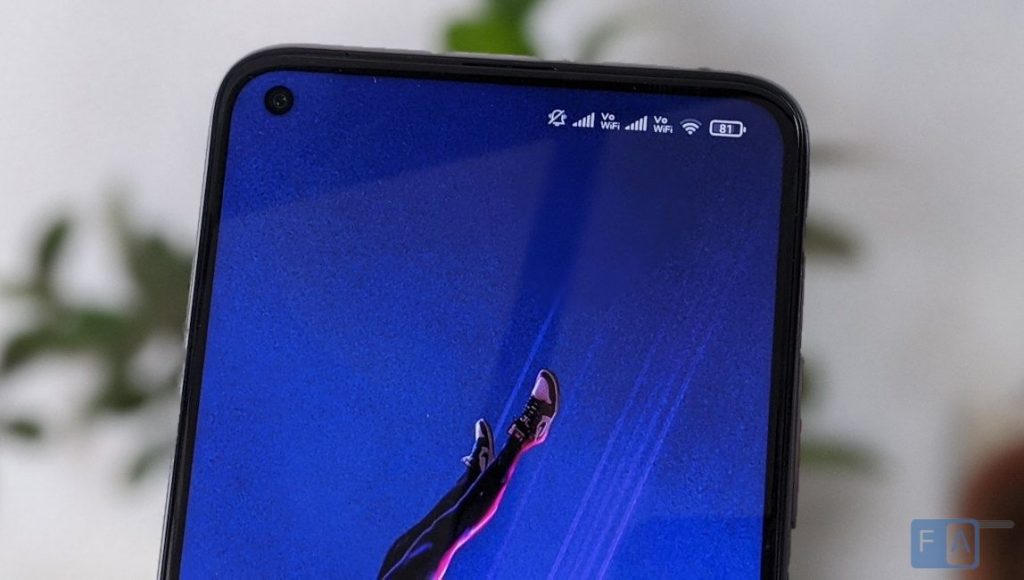
Above the display there is an earpiece on the top edge, and the phone also has a tiny notification LED on the top bezel. The proximity and ambient light sensors are under the screen. The phone has 360° ambient light sensor built in, the screen can intelligently adjust brightness — even in backlit conditions. It also has a gyroscope and a magnetic sensor, otherwise known as a magnetometer. There is also a tiny hole for the 20-megapixel camera on the front. Since it is small it is not intrusive when watching videos.
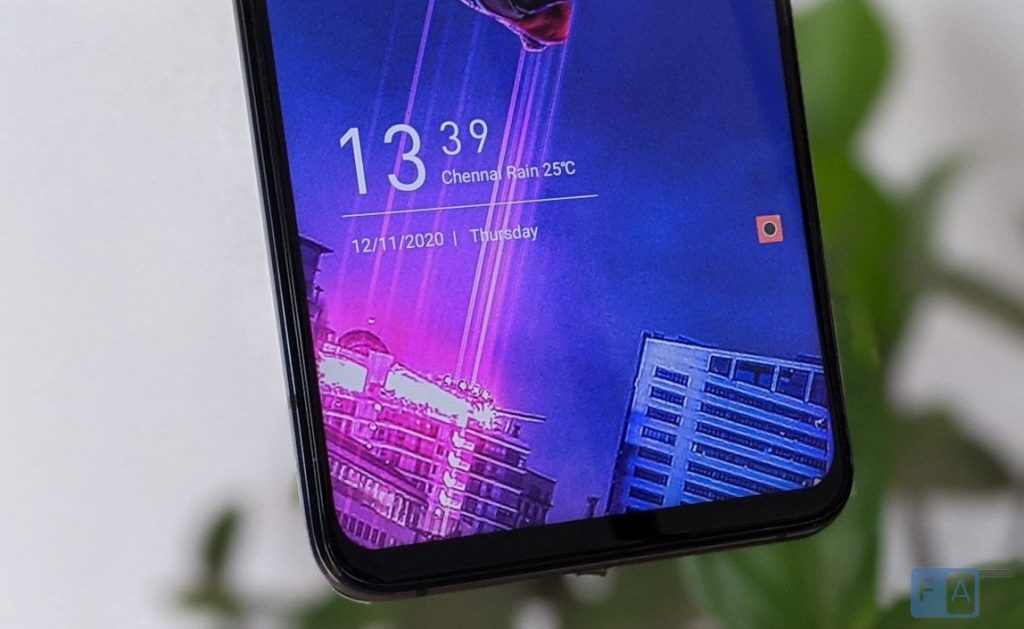
There is a small bezel below the display, but this has minimal compared to most other smartphones. The Mi 10T Pro features X-axis linear vibration motor, which enables over 150 custom vibration patterns across the UI for the best haptic experience, and the different can be felt when using the phone.
The phone has an Aluminum alloy frame, and you can see the antenna cutouts. The power button that houses the fingerprint scanner and volume rockers are present on the right side. Secondary microphone, secondary speakers and IR blaster is present on the top. On the bottom there is a primary microphone, primary speaker, USB Type-C Port and dual nano SIM slots.
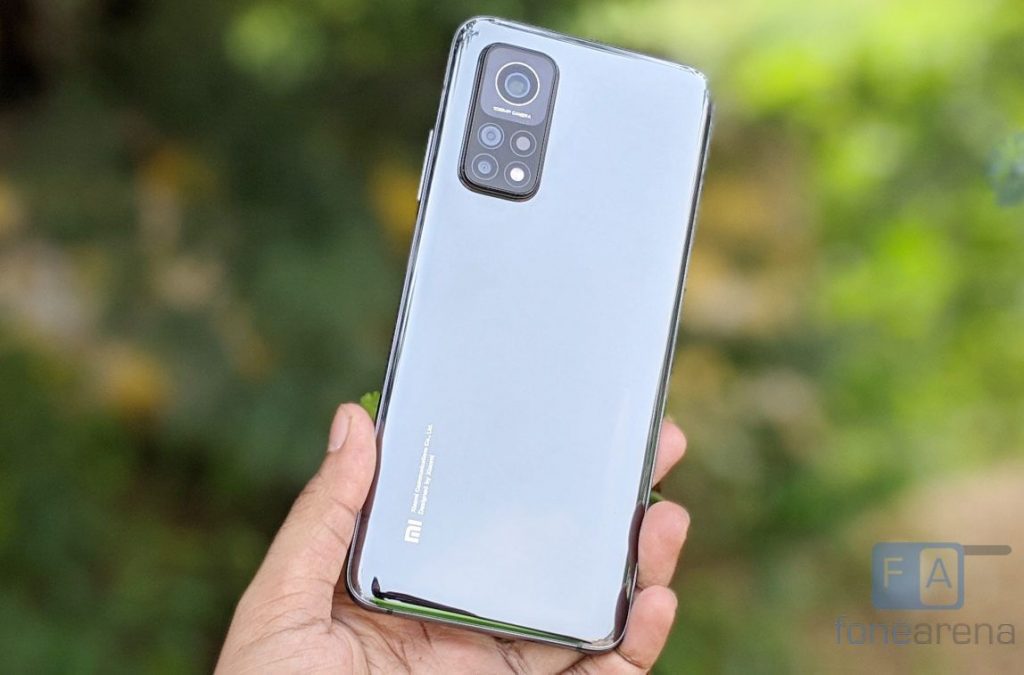
Even though the phone has a large screen, it is easy to hold since it is 76.4mm wide. It has about 85.1% screen-to-body ratio. This has mirror-like glossy Ceramic finish that looks and feels premium and also comes with Corning Gorilla Glass 5 Protection, but it is prone to scratches, attracts fingerprints easily and is slippery, so you have to use the bundled case. It packs a 5000mAh built-in battery. It weighs 218 grams, and the weight distribution is good. The phone is 9.33mm thick, thicker than the Mi 10 mainly due to the bigger battery.
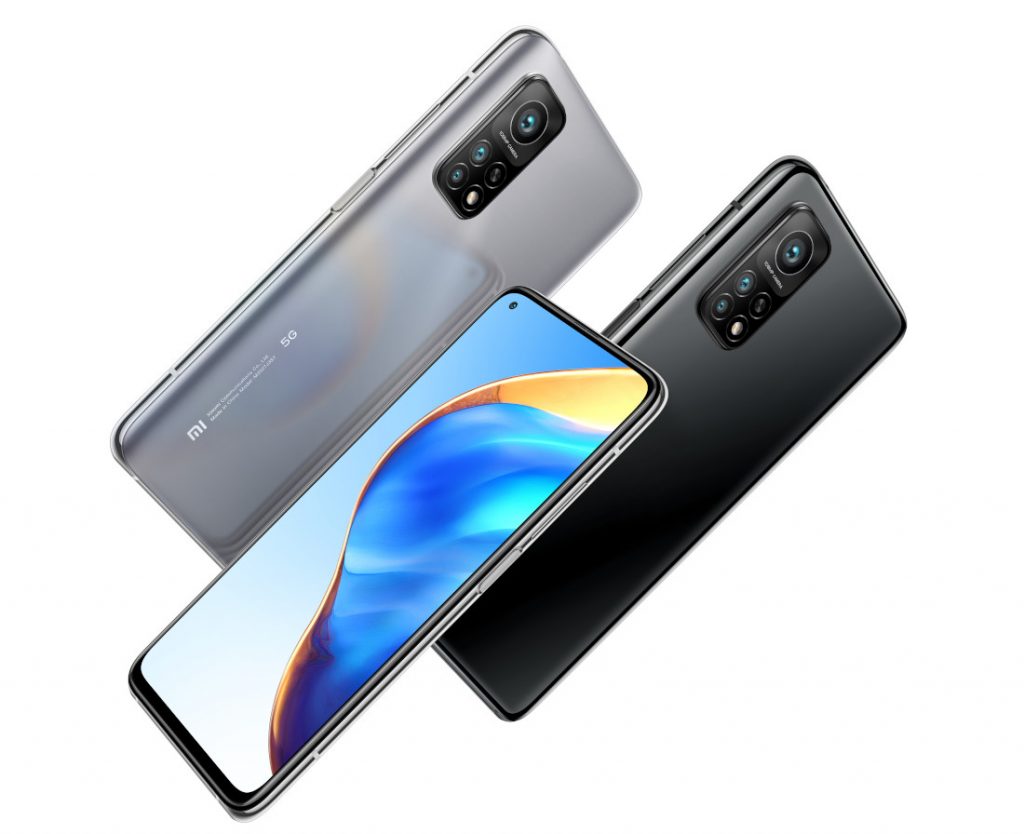
The phone has a P2i nano coating, making it splash proof and it can also withstand light rain, but can’t be immersed in water since it lacks IP ratings. In addition to Cosmic Black, the phone also comes in Lunar Silver colour that has Matte frost finish.
Camera

The phone packs a 108-megapixel primary rear camera with large 1/ 1.33″ Samsung sensor, 0.8μm pixel size, f/1.69 aperture, OIS, EIS along with a secondary 13-megapixel 123° ultra-wide sensor, 5-megapixel macro sensors. There is also a 20-megapixel front camera with 0.8μm pixel size and f/2.3 aperture.
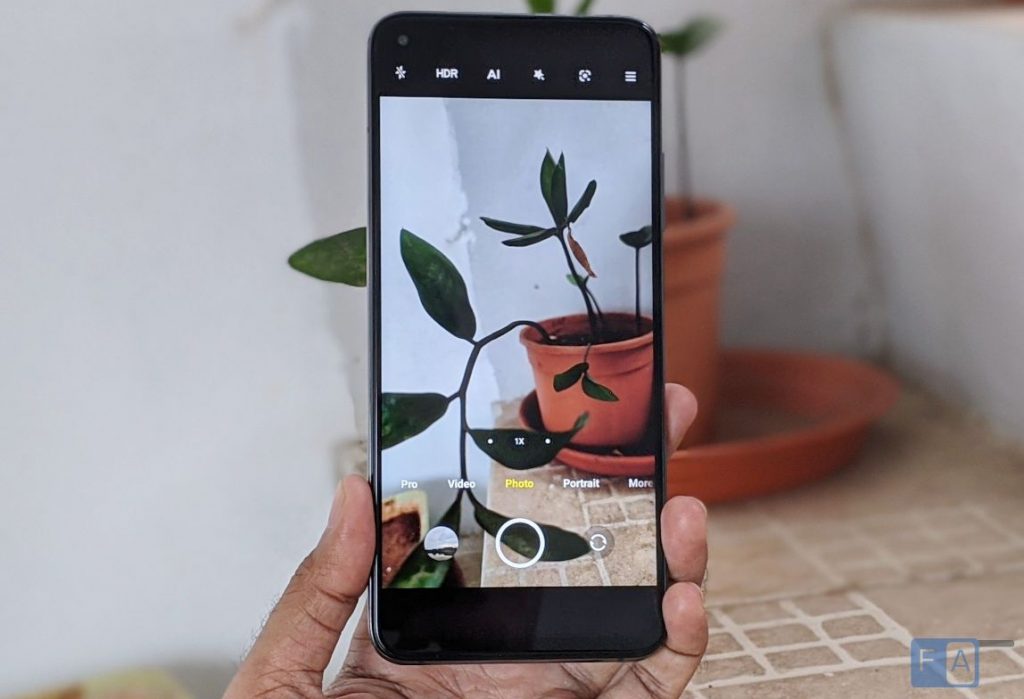
The camera UI is familiar with other Xiaomi smartphones running MIUI 12 with flash, HDR, AI, Filters (Normal, Vivid, Gold Vibes, Lime, Gourmet, Film, Amour, Movie, Soda, Sky blue, Blush, Childhood, Lit, Travel, Rise, Cyberpunk, Black ice, B&W and Classic) and Google Lens on the top. Pressing the menu option shows camera frame, timer, Movie frame, gridlines, straighten, Macro, Title Shift and Timed burst. There is a front camera toggle on the bottom along with option to select modes such as Slow motion, Short Video, Video, Photo, 108MP, Portrait, Night, Panorama and Pro mode to adjust white balance, focus, shutter speed (1/4000s to 30 seconds), ISO (100 to 6400) and option to select main, ultra-wide and macro lens. You can also shoot in RAW in Pro mode and enable focus peaking, exposure verification and more options. Beautify option for the front camera lets you adjust several features, in addition to smoothness. There is also a new 21:9 wide portrait feature which is called ‘movie’ mode which works both rear camera front cameras and for video, but there is no separate portrait video mode.
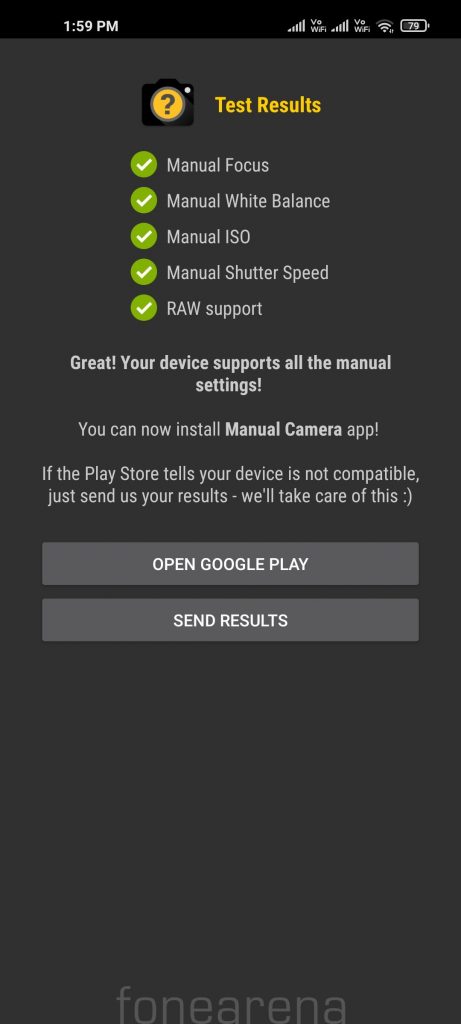
Xiaomi has enabled Cam2API by default so you can side-load ported Google Camera APKs for advanced editing including RAW capture.
Coming to the image quality, daylight shots came out well with good dynamic range. After pixel binning, you get 27MP output. HDR shots are better with improved dynamic range. 13MP wide-angle shots are good as well, but it struggles in low light due to f/2.4 aperture. 108MP mode that offers a lot of details and can go up to 25MB in size. Even though there is no telephoto lens, it uses the software for offering up to 30x digital zoom. This is like taking an image and cropping up later, so up to 5x the images look decent, and further you zoom, you lose the details. The dedicated 5MP macro sensor is better compared to 2MP in the Mi 10, but the details are lacking compared to the main camera.
Low-light shots are good, thanks to 4-in-1 Super Pixel technology that lets the camera’s sensor hardware combine 4 pixels into a single 1.6μm large pixel, and the night mode is even better making the images brighter offering more details. In pro mode it was even better. Images with flash are good and the flash is not overpowering. Daylight front camera shots from the 20-megapixel front camera is decent, but not the best even in daylight conditions due to the tiny sensor. Output is 20MP in resolution, and the image size is around 8MB. Portrait shots have decent edge detection even though it is done using software, but these shots are close to 13MP in size.
Check out the camera samples (Click the image to view the full resolution sample.).
It can record videos at 8k resolution at 30 fps, 4k and 1080p at up to 60 fps, and it also has slow motion 1080p or 720p resolution video recording at up to 120fps. The phone has OIS, which works well, and we didn’t notice any frame drops. Video from wide-angle camera is just average. There is also a Pro video mode that lets you adjust things such as focus, shutter speed, ISO, White balance, EV and option to choose between normal, ultra-wide and macro lens. There is Histogram, Focus peaking, exposure feedback and new ‘Log mode’ that retains more dynamic information so that it is easy to color grade when editing. The front camera can record 1080p videos at 30fps.
Check out the video samples below.
Software, UI and Apps
It runs Android 10 out of the box with MIUI 12 on top. It recently got Android security update for October, 2020, and should get Android 11 update in the coming months. MIUI 12 that was introduced earlier this year brings several features including improved animation, Dark mode 2.0, Privacy improvements and more. This has all the usual set of features such as Dual Apps, Second Space, App Lock, Quick Ball and more.
It has gestures, option to disable notification light, Quick ball, One-handed mode, and more. Inside the special features option there is Game Turbo, Quick replies feature that shows notification in a pop-up box when you are watching YouTube videos or in other apps, video toolbox, floating window, second space and Lite mode.
Since the phone has an infrared sensor for remote function, it comes with Mi Remote that lets you control your home appliances easily. Out of 8GB LPDDR5 RAM, you get 7.6GB of usable RAM, and about 5GB of RAM is free when default apps are running in the background. Out of 128GB, you get about 107GB of free storage. Since this has UFS 3.1 storage, we got sequential read speeds of about 1608MB/s.
Apart from the usual set of utility apps, Google apps and Xiaomi’s own set of apps, it comes pre-loaded with Amazon Shopping, Facebook, WPS Office, LinkedIn, Booking.com and Zili apps. You can easily uninstall these apps. Xiaomi is known for showing ads on its phones with MIUI, but this doesn’t show ads even when the recommendations are enabled on Music, Video, File Manager and others. However, some apps like Music, Video and Browser show notifications, so you need to disable notifications from the app settings.
Fingerprint sensor and Face unlock
The phone has a side-mounted fingerprint sensor that unlocks the phone quickly. You can add up to 5 fingerprints. You can also use the fingerprint for app local and payments in apps. The phone also has face unlock, but it is not as secure as fingerprint, and also doesn’t work if you use sunglasses or hats.
Music Player and Multimedia
The Mi Music Player is the default music player. There are different sound presets and visualizer that shows up on the lock screen. It doesn’t have FM Radio. Thanks to 1012 super-linear speaker on top and 1216 super-linear speaker on the bottom, audio output is brilliant. Clear speakers option in the settings plays a sound for 30 seconds to clear any dust. Audio through earphones (via type-c converter) is good as well since it has Hi-Res Audio certification.
This comes with Widevine L1 support out of the box so that you can enjoy HD content on Amazon Prime Video, Netflix, Hotstar and other streaming apps. It even supports HDR content on Netflix and Amazon Prime Video.
Dual SIM and Connectivity
It supports 4G VoLTE for Reliance Jio and Airtel as well as support Dual 4G VoLTE that offers 4G in both the SIM cards at a time. There is Snapdragon X55 5G modem. Other connectivity options include Dual-Band Wi-Fi 6 802.11 ax (2.4 + 5GHz) 2 X 2 MIMO for better Wi-Fi connectivity, Wi-Fi calling / VoWiFi support, Bluetooth 5.1 LE, GPS + GLONASS. The phone also NFC support and has USB OTG support that lets you connect USB drives. This uses stock dialer and messaging apps unlike other phones running MIUI 12. Moving on, the call quality is good, and we did not face any call drops and the earpiece volume was loud.
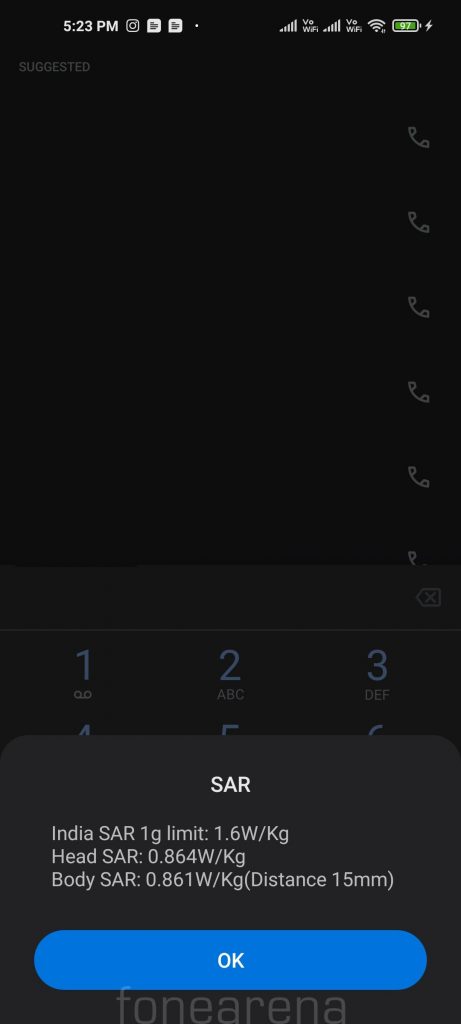
The Mi 10 T Pro’s body SAR is 0.861 W/Kg (Distance:15mm) and head SAR is at 08.64W/Kg which is less compared to the Mi 10.
Performance and Benchmarks
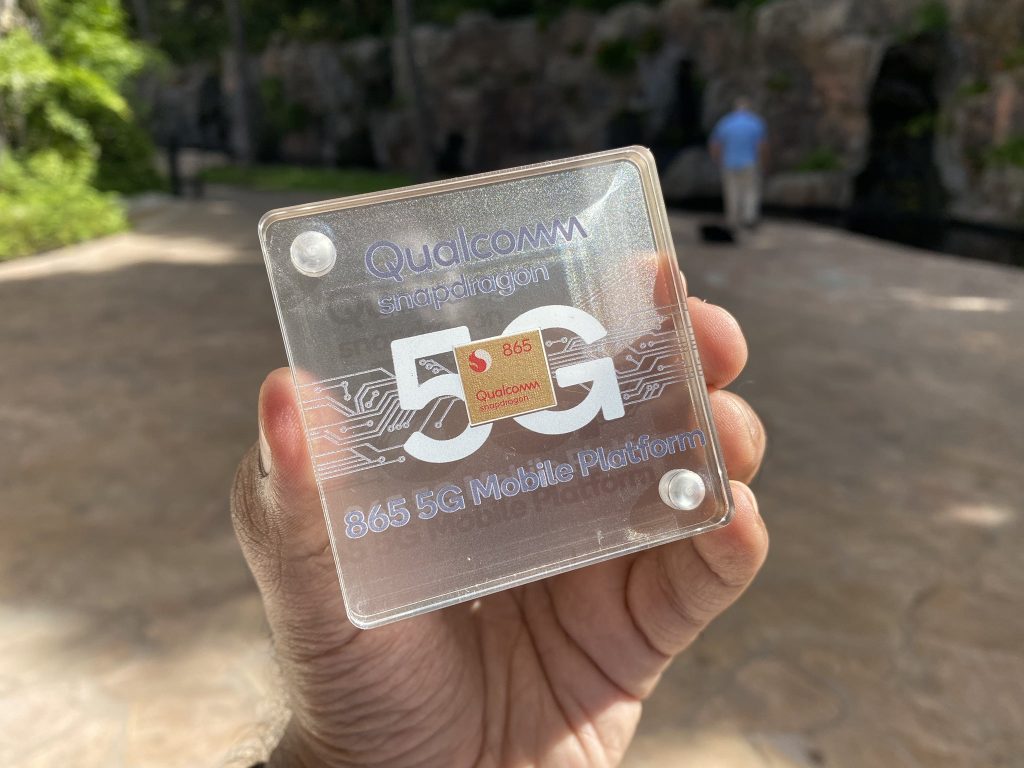
Coming to the performance, this is powered by an Octa-Core Snapdragon 865 7nm Mobile Platform, which has 1 x Kryo 585 Prime CPU (A77-based) at up to 2.84GHz, 3 x Kryo 585 Performance CPUs (A77-based) at up to 2.42GHz, 4x Kryo 585 Efficiency CPUs (A55-based) at up to 1.80GHz. It has Adreno 650 GPU with support for Open GL ES 3.2, Open CL 2.0, as well as Vulkan 1.1 graphics, 8GB LPDDR5 RAM and 128GB UFS 3.1 storage.
Thanks to the larger Kryo 585 cores based on new Cortex A76, this is faster than the Snapdragon 855 Plus, promising a 25% performance uplift. The Adreno 650 GPU offers up to 25% overall performance boost compared to the previous generations and it also has Snapdragon Elite Gaming features.
We did not face any issues or frame drops in the graphic-intensive games. Thanks to 144Hz refresh rate, gaming was super smooth in games that support it such as Dead Trigger 2, Real Racing 3 and more. It gets a bit warm on intensive gaming and 4G data use since it has a glass back, but it doesn’t get too hot to handle. It has liquid cooling for faster heat dissipation. That said, check out some synthetic benchmark scores below.
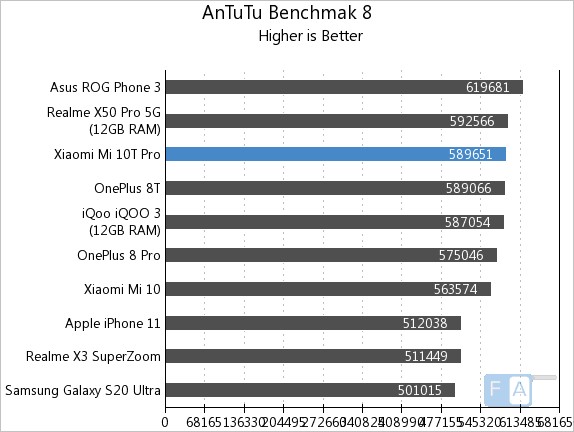

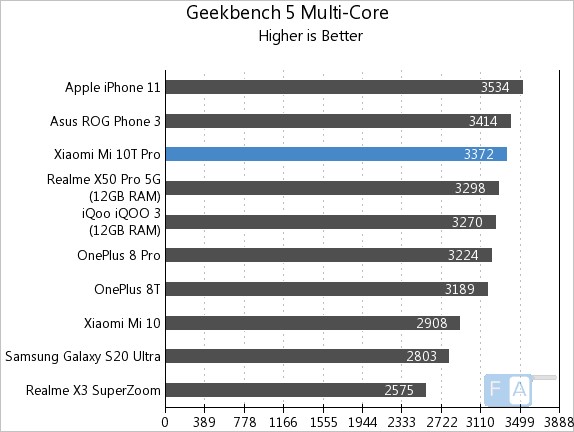
Battery life

Coming to the battery life, the 5000mAh (typical) built-in battery is the biggest ever in the Mi series. It lasts for a whole day even with heavy use, and with average use it lasts for two days, thanks to optimization in the MIUI 12 and AdaptiveSync Display. I got close to 8 hours of screen on time with 2 days of use in 144Hz refresh rate that automatically switches to lower refresh rate to optimize the battery life. The phone has support for 33W fast charging and Middle Middle Tab (MMT) technology in which the battery receives the electric current from the middle and spreads it simultaneously to the top and bottom of the module, so it just takes about 1 hour to charge from 0 to 100%, and 0 to 50% takes 24 minutes using the bundled 33W charger. It doesn’t have support for wireless charging which is present in the Mi 10.
It achieved One Charge Rating of 19 hours and 46 minutes in our battery test, which is good for a phone with a 5000mAh battery. We tested it in 144Hz, but it switches automatically in some tests. Battery life is based on different factors such as software optimization and the processing power that requires to power the phone, so if the phone lasts for a day with heavy use, it is good.
Conclusion
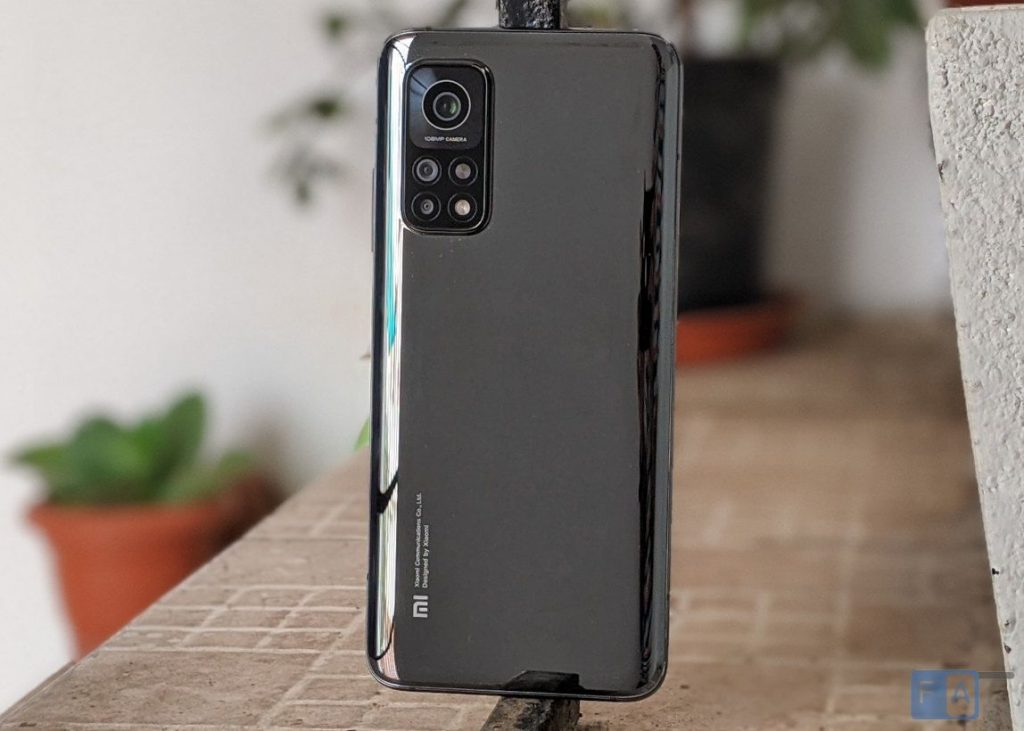
At a price of Rs. 39,999, the Mi 10T Pro is a clear winner in the premium segment. It has 144Hz high refresh rate screen, 108MP camera, offers good performance, offers all-day battery life and comes with support for fast charging. Some might prefer an AMOLED screen for the blacks and always-on screen, but I can say the LCD screen in the 10T Pro offers excellent colour reproduction and the 144Hz refresh arte offers the best experience. The phone lacks IP ratings for water resistance, and the ultra-wide camera is just average when it comes to videos.
Competition
The OnePlus 8T is a direct competition at slightly higher price. iQOO 3 is a good deal at a cheaper rate if you need good performance but don’t care about high refresh rate screen. Other option is the Samsung Galaxy S20 FE that has an 120Hz AMOLED screen and IP68 water resistance.
Availability
Priced at Rs. 39,999 for the 8GB RAM with 128GB storage version, it is available from Flipkart and mi.com. There is a Rs. 5000 Instant discount for American Express Cards Bank cards till December 3rd on Flipkart. It gets different bank offers frequently which makes it a value for money phone in the price range.
Pros
- 144Hz AdaptiveSync Display is brilliant
- 108MP camera is good
- Smooth performance
- Premium glass body
- Stereo speakers
- Excellent battery life with 33W fast charging
Cons
- Lacks IP ratings for water resistance
- Ultra-wide camera is average for videos

